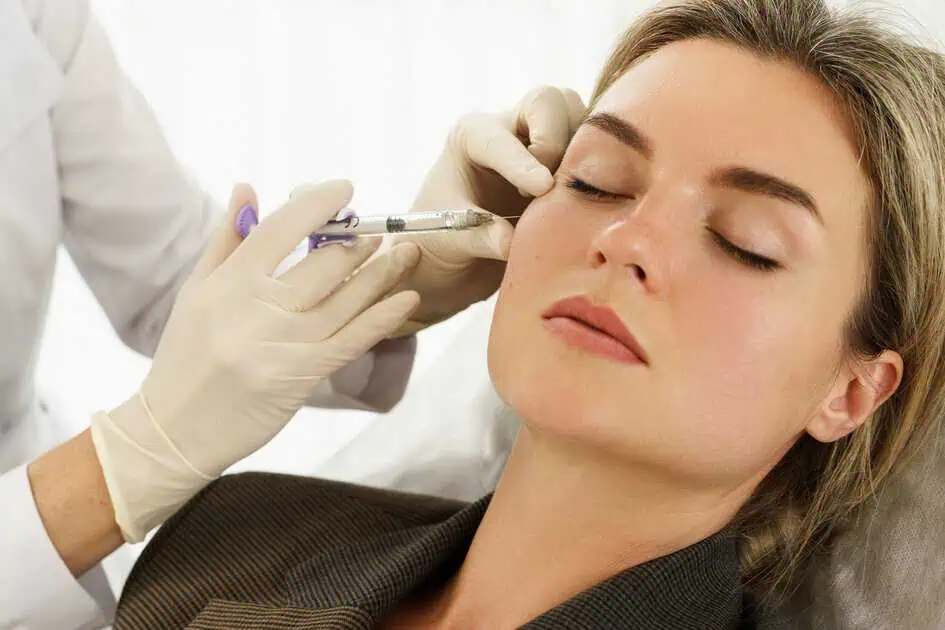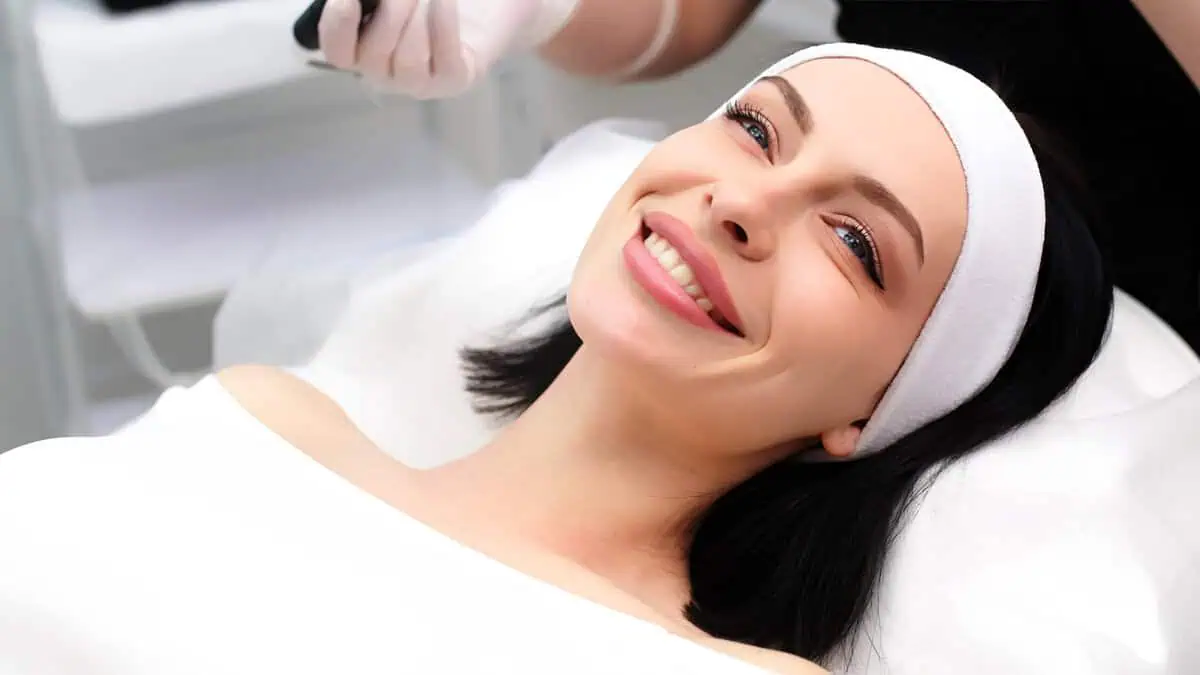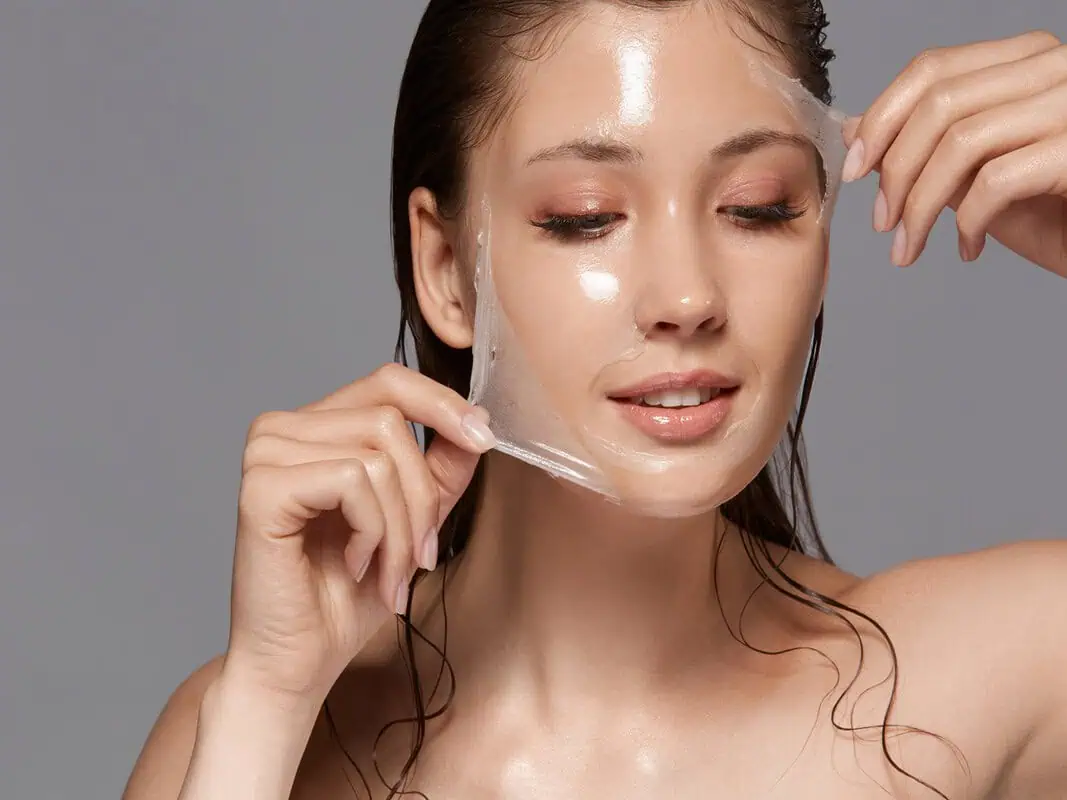Introduction
Beauty is in the eye of the beholder, or so they say. However, when it comes to maintaining a youthful appearance, many turn to the power of science and technology to enhance their looks. Among the myriad of options available, two procedures that stand out are dermal fillers and Botox. These two treatments, though similar in function, differ in form, composition, and administration. As such, it is essential to understand the nuances that set them apart and the benefits each can bring. In this blog post, we will explore the realm of aesthetic medicine, and provide you with valuable insights to help you choose between dermal fillers and Botox. So, let’s jump right in!
Understanding Dermal Fillers: Composition, Function, and Administration
Injectable substances called soft tissue fillers or dermal fillers are used to replenish volume and fullness to the face, minimize wrinkles and fine lines, and improve facial features. They are commonly made of hyaluronic acid, a substance naturally found in the body, or other materials like calcium hydroxylapatite, polylactic acid, and PMMA microspheres.
The function of dermal fillers is to add volume and hydration to the skin, as well as stimulate collagen production, which is responsible for the skin’s elasticity and firmness. To achieve the desired outcome, the injection of dermal fillers typically involves targeting specific regions of the face, such as the cheeks, lips, and under the eyes.
Depending on an individual’s metabolism and the type of filler employed, the effects of dermal fillers can persist for anywhere from six months to two years. It is important to note that dermal fillers are not a permanent solution and will require maintenance over time to maintain their effects.
When it comes to choosing the right dermal filler for you, it is crucial to consult with a qualified healthcare professional who can assess your individual needs and recommend the best treatment plan for you. In the next section, we will explore Botox, its composition, function, and administration, and how it differs from dermal fillers.
Botox: Composition, Function, and Administration
A neurotoxic protein known as botulinum toxin, or Botox for short, is frequently used in aesthetic medicine to temporarily paralyze underlying muscles and diminish the look of wrinkles and fine lines. The protein is produced by the bacterium Clostridium botulinum and works by blocking the release of acetylcholine, a neurotransmitter responsible for muscle contractions.
The function of Botox is to relax the muscles that cause wrinkles and fine lines, giving the skin appearing more youthful and smoother. The administration of Botox typically involves injections into specific areas of the face, such as the forehead, crow’s feet, and frown lines, to achieve the desired result.
The effects of Botox can last anywhere from three to six months, depending on the individual’s metabolism and the amount of toxin used. It is crucial to keep in mind that Botox is not a permanent solution and needs ongoing upkeep to maintain its effects.
While Botox and dermal fillers are both used to achieve a more youthful appearance, they differ in their composition, function, and administration. In the next section, we will compare and contrast these two treatments and help you decide which one is right for you.
Comparing Dermal Fillers and Botox: Which One is Right for You?
When it comes to deciding between dermal fillers and Botox, there are a few key factors to consider. While both treatments are used to reduce the signs of aging, they differ in their approach and the areas of the face they are best suited for.
Dermal fillers are typically recommended for individuals who want to restore volume and fullness to their face, or enhance certain facial features, such as the lips or cheeks. They are also used to smooth out fine lines and wrinkles, particularly those that are static and visible even when the face is at rest.
Botox, on the other hand, is best suited for individuals who want to reduce the appearance of dynamic wrinkles, which are wrinkles that appear when the face is in motion, such as when smiling or frowning. The use of Botox can be particularly effective in addressing wrinkles on the forehead, around the eyes, and between the eyebrows.
It’s also worth noting that dermal fillers and Botox can be used in combination to achieve the desired results. For example, a healthcare professional may recommend using dermal fillers to add volume and fullness to the face, and Botox to smooth out dynamic wrinkles.
Ultimately, the choice between dermal fillers and Botox will depend on your individual needs and preferences, as well as the recommendations of your healthcare professional. In the final section of this post, we will provide some tips for choosing the right treatment and offer some guidance on what to expect during the procedure.
Choosing the Right Treatment and What to Expect
Choosing the right treatment between dermal fillers and Botox can be challenging, especially if you are new to aesthetic treatments. Below are some suggestions to aid you in making the appropriate decision:
Consult with a qualified healthcare professional: Before deciding on a treatment, it is important to consult with a qualified healthcare professional who can assess your individual needs and recommend the best treatment plan for you. They can also help you understand the risks and benefits of each treatment, as well as any potential side effects.
Consider your budget: Dermal fillers and Botox can vary in cost, depending on the type of treatment and the area of the face being treated. It is important to consider your budget when deciding on a treatment and to discuss any financing options with your healthcare professional.
Manage your expectations: While dermal fillers and Botox can be effective in reducing the signs of aging, they are not a miracle cure. It is important to manage your expectations and to understand that the results may vary depending on the individual.
Prepare for the procedure: Depending on the treatment, you may need to prepare for the procedure in advance. For example, if you are getting dermal fillers, you may need to avoid certain medications or supplements that can increase the risk of bleeding. Your healthcare professional will provide you with instructions on how to prepare for the procedure.
During the procedure, you can expect to feel some discomfort, although this can be minimized with the use of topical anesthesia or numbing cream. The procedure typically takes between 15 and 30 minutes, depending on the area being treated. Post-treatment, you may encounter swelling or bruising, but this should fade away in a few days.
Final Thoughts
In conclusion, dermal fillers and Botox are both effective treatments for reducing the signs of aging, and each treatment has its own unique advantages and considerations. Ultimately, the choice between dermal fillers and Botox will depend on your individual needs and preferences, as well as the recommendations of your healthcare professional.
If you are interested in exploring the benefits of dermal fillers and Botox, we encourage you to schedule a consultation with Beauty Couture Aesthetics and Wellness, PLLC. Our team of experienced and qualified healthcare professionals can help you understand the risks and benefits of each treatment, as well as provide you with guidance on choosing the right treatment plan for your individual needs.
At Beauty Couture Aesthetics and Wellness, PLLC, we pride ourselves on providing our clients with personalized, high-quality care in a comfortable and welcoming environment. We use only the most advanced and innovative techniques and technologies to ensure that you achieve the best possible results.
Schedule a consultation with us today to learn more about our services. We are eager to assist you in achieving your aesthetic objectives and promoting your general health and well-being.






